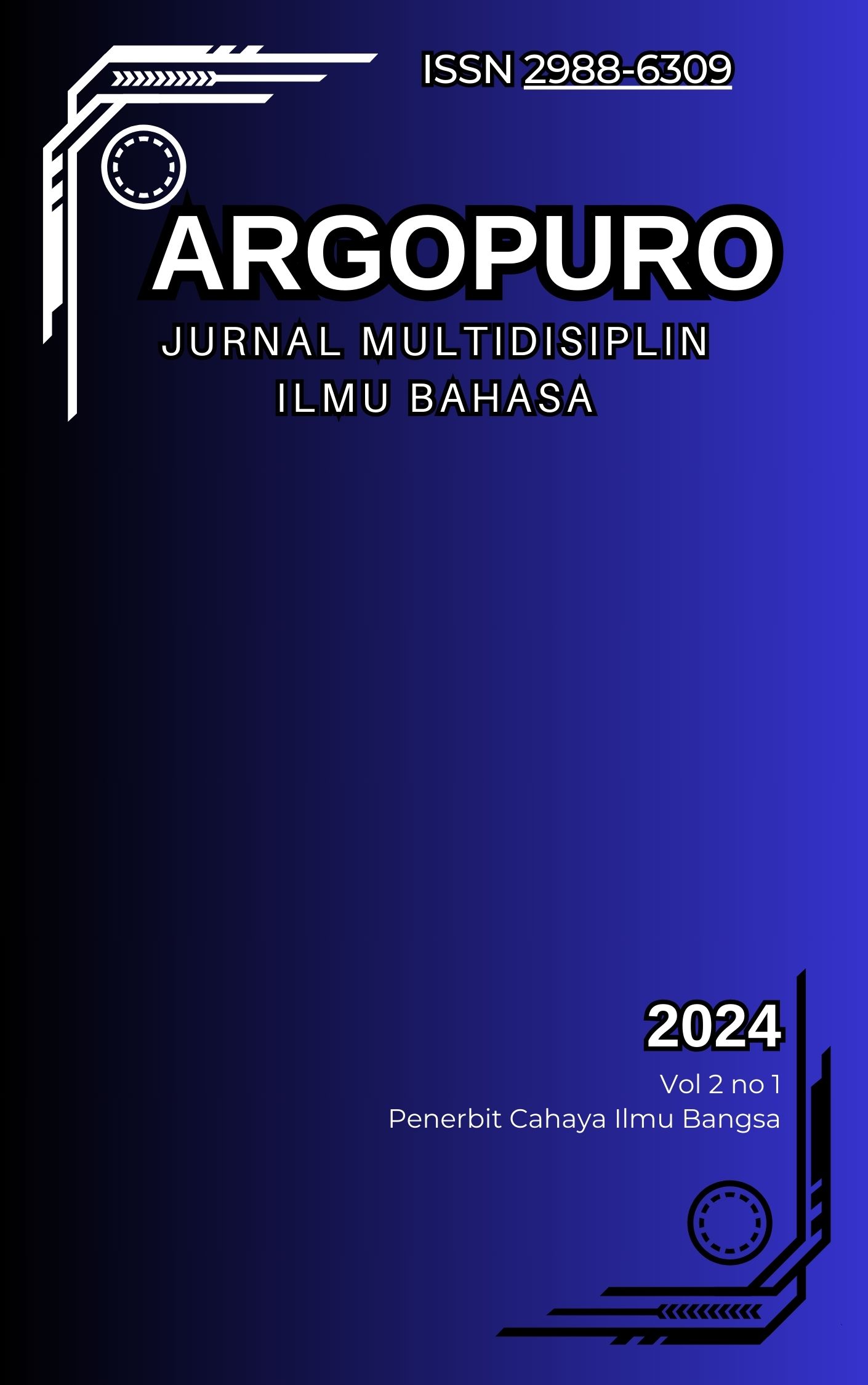ANALYSIS OF TRANSLATION METHOD OF INTROGATIVE UTTERANCES IN THE NOVEL LITTLE PRINCE
Main Article Content
Abstract
This study aims to analyze the translation methods used in interrogative utterances in the novel The Little Prince by Antoine de Saint-Exupéry and its Indonesian translation Pangeran Kecil by Henri Chambert-Loir. In addition, the study seeks to identify the most dominant translation method applied in rendering these interrogative utterances. The analysis is based on Peter Newmark’s translation theory. Of the eight methods proposed by Newmark, only four were found in the translation of this novel: word-for-word, communicative, literal, and semantic methods. This research employs a descriptive qualitative analysis. Based on the analysis, 103 interrogative utterances were identified and categorized into the four translation methods mentioned above, with the following distribution: 13 utterances were translated using the word-for-word method, 32 using the communicative method, 34 using the literal method, and 24 using the semantic method. Among these, the most dominant method used was the literal translation method. This predominance is attributed to the fact that the interrogative utterances in the novel tend to use simple sentence structures, which allow the source text’s structure and meaning to be effectively conveyed in the target language.
